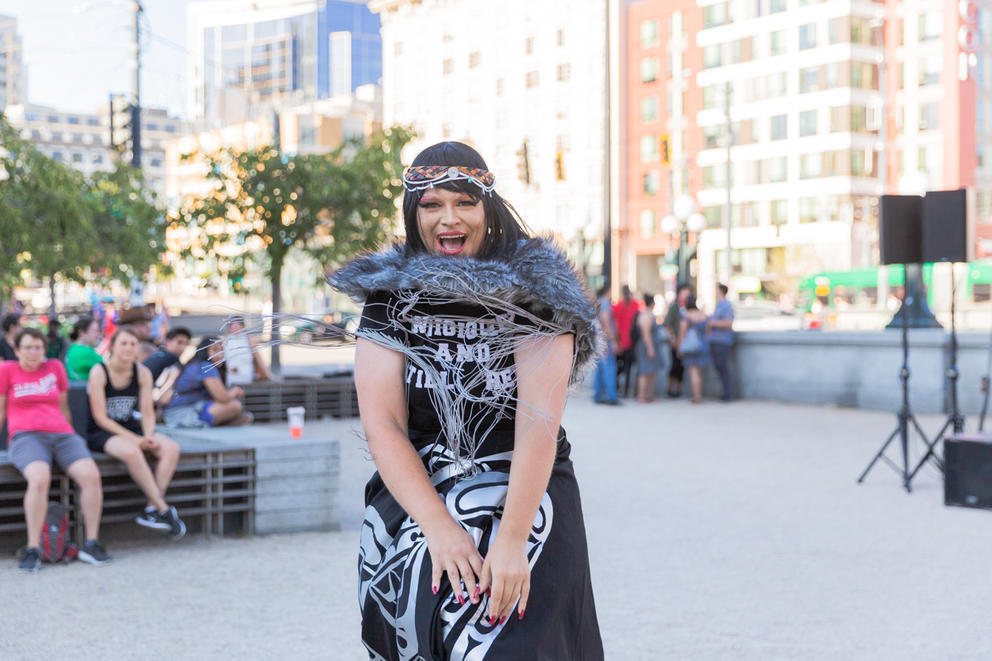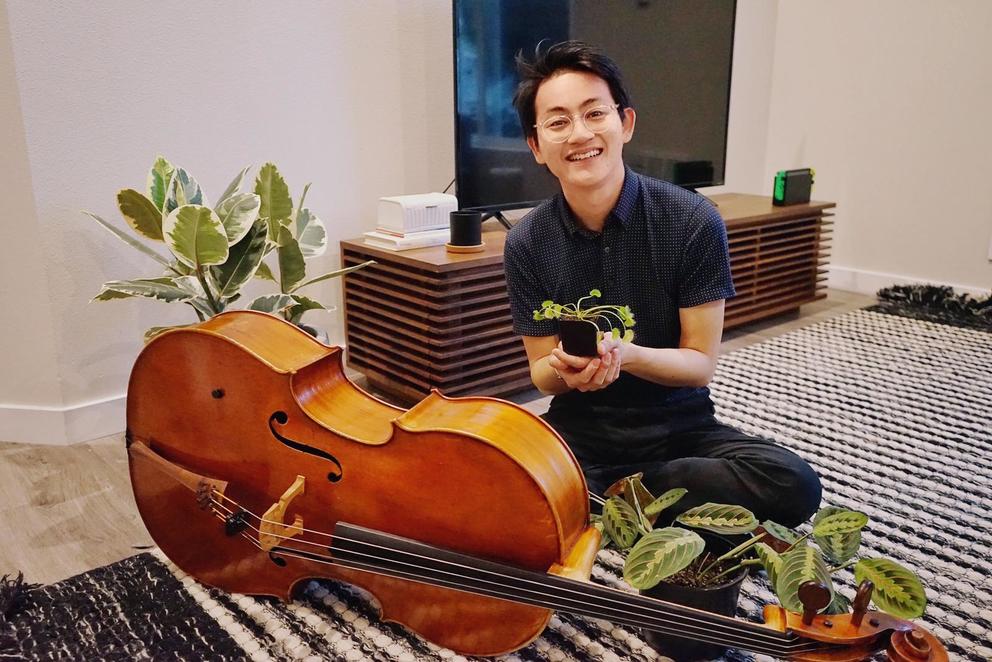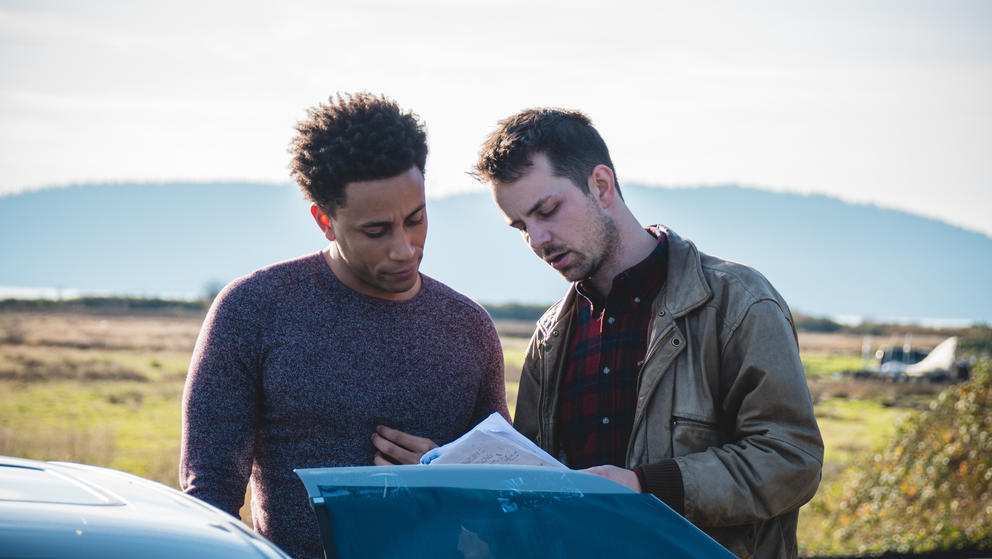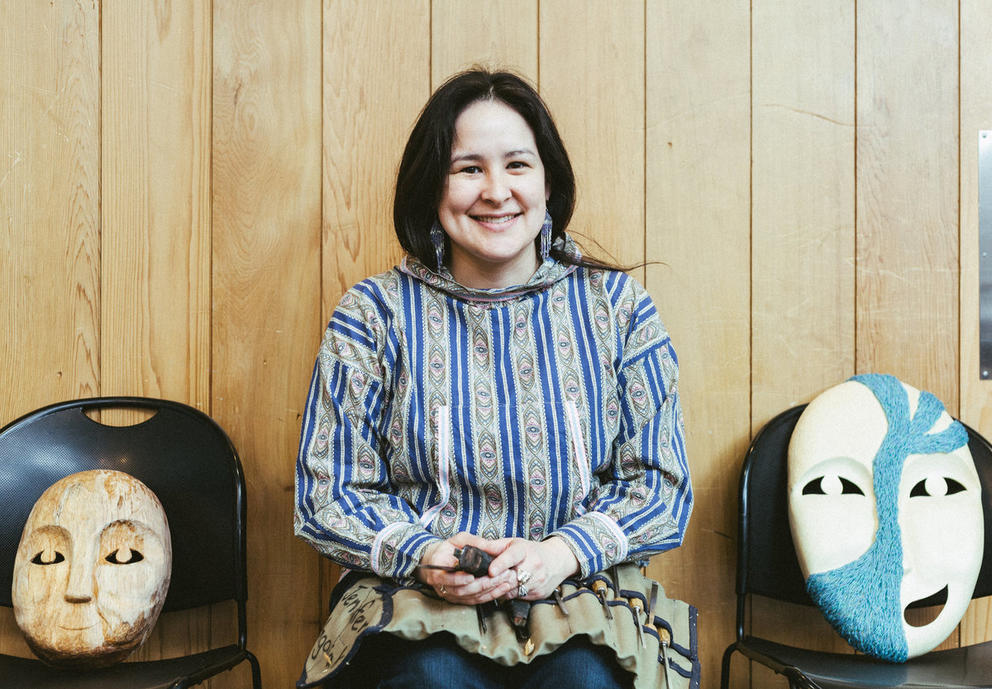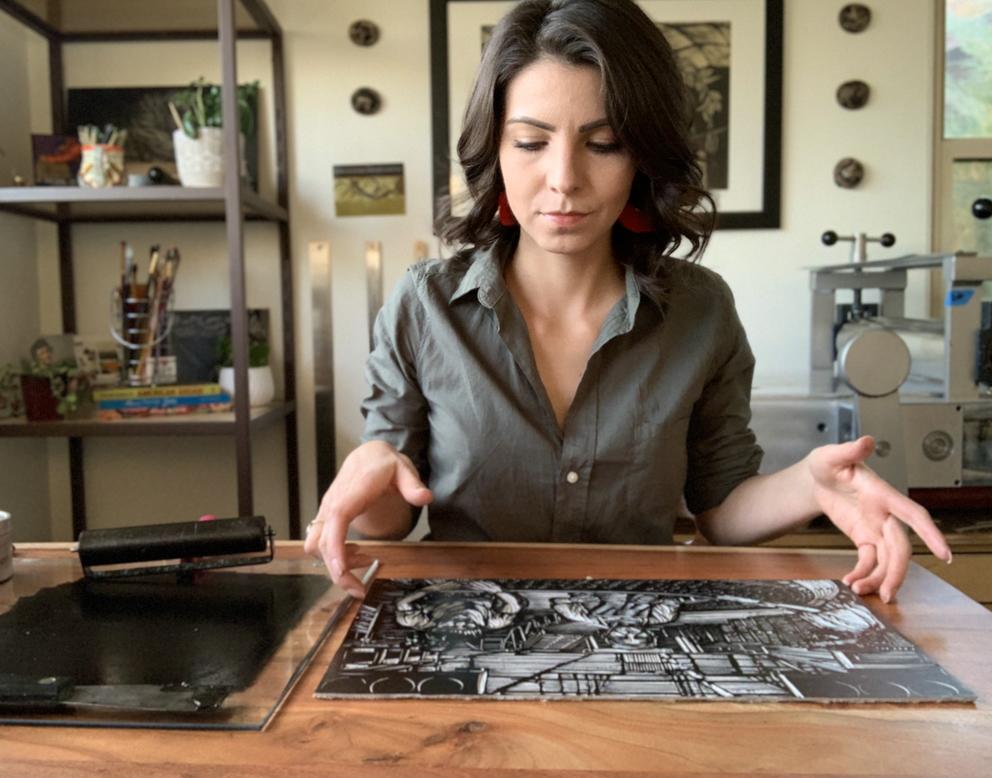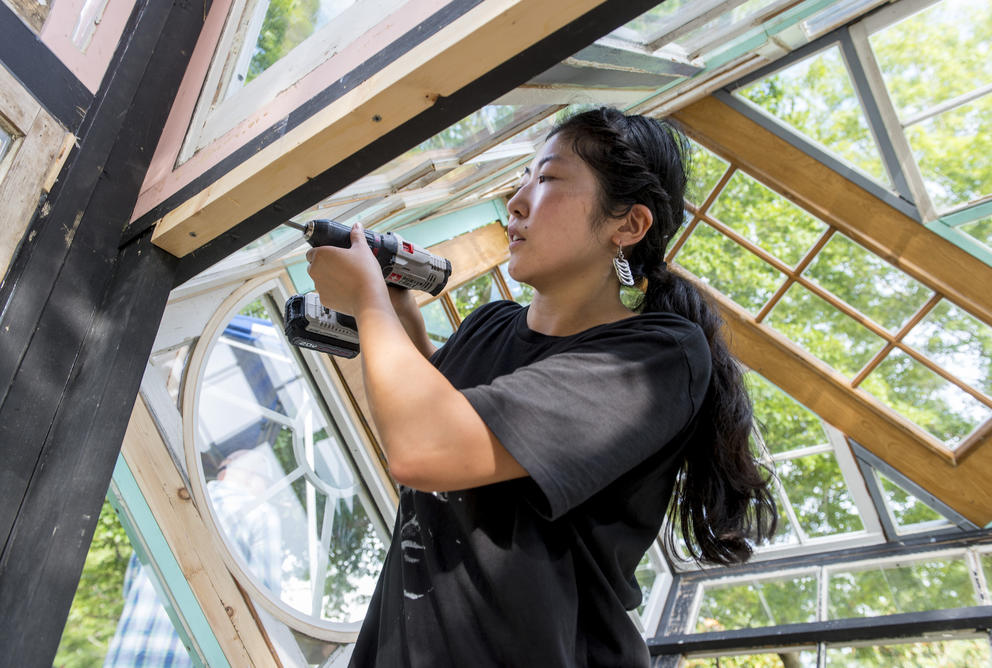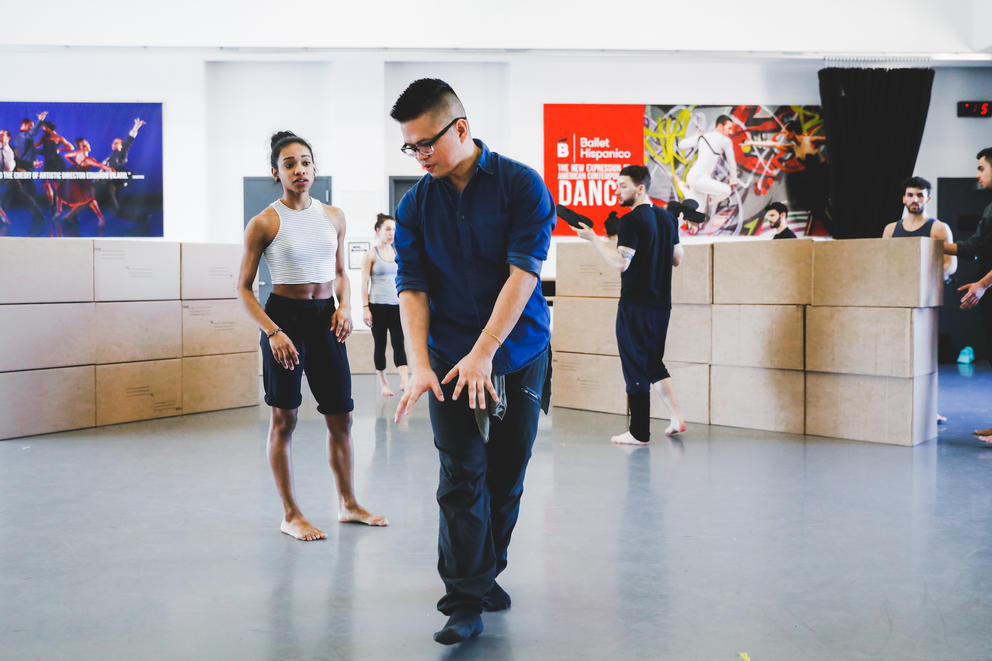Jump to:
Turning the art of drag into Native activism
Making classical music a TikTok trend
Finding cinematic horror in Skagit Valley
Diversifying stories on the ballet stage
Bringing Yup'ik mask traditions into the present
Illustrating Yakima's essential farm workers
Viewing feminism through glass
Staging the Nutcracker in a pandemic
What’s it like to be Indigenous and a drag artist? How’s diversity within the scene?
I don't necessarily see myself as part of the Seattle drag scene. I am an Indigenous artist who happens to do drag. You’ll usually see me surrounded by Indigenous spoken word artists, comedians, musicians. It’s pretty infrequent that I’m actually performing with other drag queens. In some ways that kind of answers the question about diversity in the drag arts scene.
How do you think you are redefining what it means to be a classical musician?
I've always hated the notion that classical music has some sort of barrier to entry. The reason why I love playing pop covers and love sharing what I do with people online is because I want to reintroduce this friendliness and approachability to classical music. In some ways, classical music has always resided within the [concert] hall. Now, more and more people are using technology to bring that music to a greater audience.
You scouted 50 locations and used 24 for your film Skagit. What were you looking for?
It started with the Skagit Valley itself. I was familiar with it, but only in the sense of passing through it as a kid. I felt Skagit Valley was like a lot of Western Washington: very beautiful, but also a little depressing at times. Skagit Valley seems a little creepier and darker just by its soggy nature. And I didn't want these characters totally isolated in the middle of nowhere. I thought it was more interesting to have it be a place that’s close to the city, but also has that rural wilderness.
How can choreographers make a difference?
Choreographers right now are so important — what types of stories they're trying to tell and what dancers they're using to tell those stories — because that's a way that brings in audiences that may not be used to seeing their story or themselves on stage. Not just telling the straight white narrative, the straight white love story. If you keep doing it the same old Eurocentric, old-school type of way, ballet will die. It will actually slowly become less important if they don't start telling different stories.
In what ways are you breaking with tradition with your masks, and why?
One of the challenges for a lot of Indigenous artists is to not be stuck in the past all the time from the outside viewer. I’ve been told: “You should focus more on traditional work because I liked that.” I view that as people telling me I should know my place and my place isn’t here-and-now, it’s back then, like we’re expected to not change. I completely, entirely reject that idea. I’m trying to emphasize the fact that Native people are contemporary people.
How is your art connected to your identity?
I'm very proud of my background. I'm very proud of my heritage, of my roots and being Mexican and Mexican American. And my mother and father's history and reasons for coming to this country. That connection with my culture is illustrated in a lot of these pieces.
Usually, before I start working, I always have this thought in my head of like, “Why is this important? Why am I creating this?” It comes down to what I value and what's important to me. It's not just because COVID hit that I created America's Essential Workers. These workers have always been essential.
How did immigrating to the U.S. change your perspective?
Before I came to the U.S. I wasn’t thinking about who I am or what I was doing, because Japan is a monoculture. I didn't feel much different about my identity. But when I came to the U.S. I had a lot of opportunities to ask who I am. Then the president changed, the political situation made me think about feminism. In January [2017] I drove up to Washington D.C. to join the Women's March. It was really, really big. The unity I [experienced] was a big transition. In the United States, I wasn’t just an individual woman, Fumi Amano. I was recognized as an Asian woman. That was a shock to me because in Japan it never happened. Everyone is just a Japanese woman and we didn't seem that different. I had to learn the history of the Asian woman in this country.
How would you like to incorporate Filipino culture into The Nutcracker?
I introduce the parol, the traditional Filipino lantern that represents the Christmas holiday spirit in the Philippines. Alexa Manila, a Filipino American Seattle drag performer, is reprising her role as Mother Ginger. These are small gestures of inclusivity. I look forward to expanding my choices when we have more time.... Something I’m kind of meditating on: What is a folk dance I could include in my own version of The Nutcracker? Tinikling is a dance with bamboo. It’s very rhythmic, and it has Spanish influence in terms of the music. Another one called Maglalatik is a war dance using coconuts. The third one that’s good to know is Pandanggo Sa Ilaw. It really shows you what parts of our culture were heavily influenced by the Spaniards. I’m working on educating myself more on the indigenous sides of our dances.
Get the latest in local arts and culture
This weekly newsletter brings arts news and cultural events straight to your inbox.


